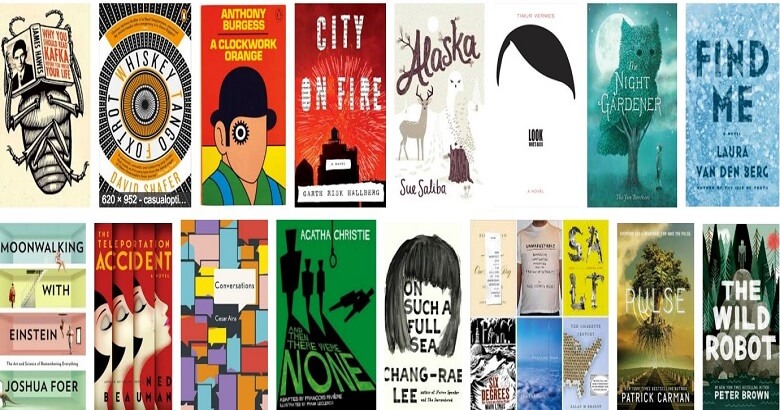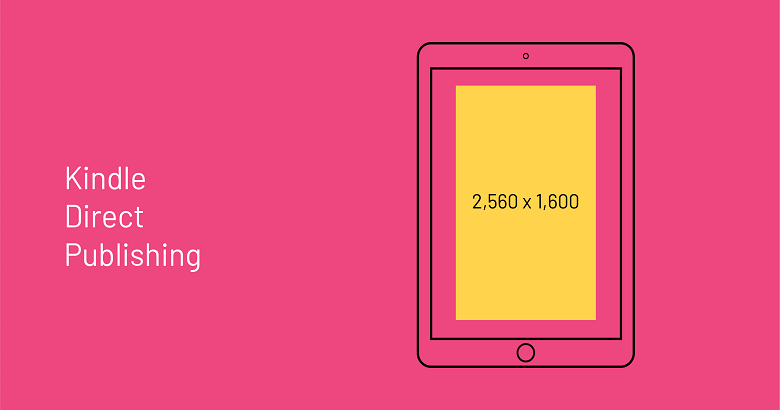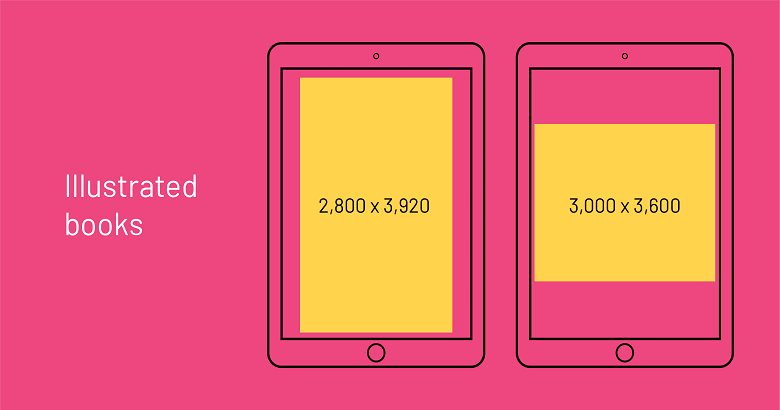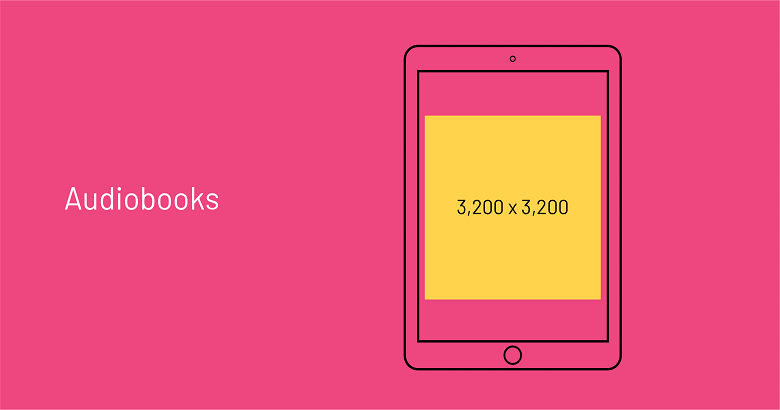An impeccable book-reading experience begins with a compelling story and ends with a beautifully designed cover. Learn about standard book cover sizes, proper resolution, and anything else you need to know while creating a book cover.
A book cannot exist without a phenomenal piece of writing. However, a stunning book cover is essential for getting your masterpiece noticed.
Many writers currently prefer to self-publish their books rather than wait for them to be picked up by a publisher. As a result, they frequently have to design a book cover themselves.
If you want to experiment beyond book cover design templates, knowing the right book cover dimensions is imperative for ensuring your printed book looks as intended.
The Basics
Before we get into the exact cover measurements for each book genre, here are some things to think about during the process of bringing your book from your laptop to a physical copy to be displayed in a store, as well as ensuring that the cover works across all platforms.
The File Format
The format in which you submit the cover file will have an impact on the overall quality of the final result. The most prevalent formats for printing include:
JPG format = saves storage space with little perceivable loss in quality.
- PNG format = high resolution and supports transparency.
- TIFF format = famous for photography and printing, with HD image quality but large file size.
- PDF format = fixes the file exactly the way how you want others to see it regardless of device size or type.
Colour and Resolution
You should also be aware of the various colour modes that are used in different mediums. For the best results with your cover artwork for a printed book, choose CMYK, and for a digital copy, choose RGB.
Keep in mind that a cover designed to be printed should be significantly higher in resolution, about three or four times larger than that of an ebook cover, for the best quality.
For printing, resolution is measured in dots per inch (DPI), but for digitally viewed covers, it is measured in pixels per inch (PPI). The industry standard for print-on-demand is between 150 and 300 DPI, as anything higher makes the file too large to process.
Standard Book Cover Sizes
Books come in a variety of sizes depending on different needs. The size of a book cover is determined by three factors: printing costs, word count, and established genre standards.
Book printing firms charge by the page count; therefore, a larger book size will reduce the page count and, thus, the price. Try to be intuitive when deciding on the cover size that is in proportion to the page count. If you are preparing to publish a lengthy book, such as one of J.K. Rowling’s Harry Potter novels, which is approximately 800 pages long, the book size must be increased for practicality and a more comfortable reading experience. If your book is 300 words or less, it can be in a smaller size, similar to pocketbook dimensions.
Similarly, a cookbook that is normally on the bigger side in order to provide more space for mouthwatering food pictures should not be too small or different from this standard.
As a rule of thumb, unless using a different dimension can be justified by a practical reason, stick with conventional measurements. We recommend visiting Amazon, which lists product dimensions for books, in order to get a basic idea of common book sizes in your genre.
Fiction
Fiction is one of the genres with the most variation in size, ranging from 4.25 inches to 5.5 inches, allowing for some leeway in word count as well as the quality and application of the book – is your book intended for a proper sit-down reading session at home or the library, or for passing the time while travelling by public transportation rather than staring at a phone screen? These factors will influence the book’s final size.
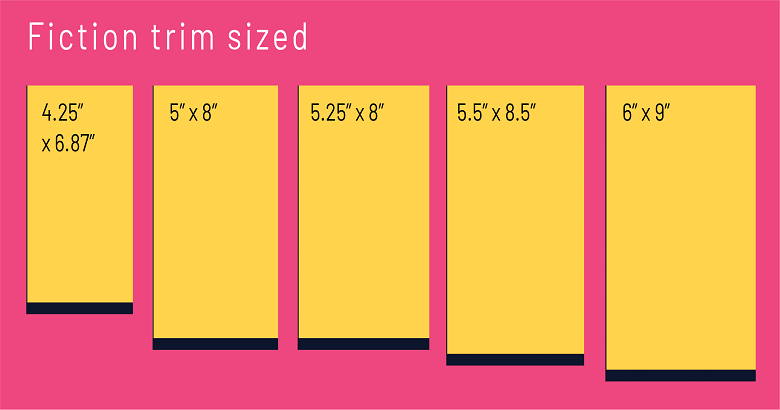
Novels
In the same way that novels frequently portray intimate and personal stories, a smaller book cover size can be more comfortable to hold and read than a large encyclopedia-style book that might feel rational and tough. Using a smaller cover size can help move the book out of the way between the reader and the story, making it easier for them to immerse themselves in the story.

Children’s Books
As the little kids first learn to read via children’s books, the pages feature more visual illustrations and art to help them perceive the story better. A larger book size is ideal for seeing the words and illustrations while also allowing the children to comfortably hold the book. Bulkier, playful, and script typography are also suggested.

Textbooks
Textbooks and books intended to deliver information are often less concerned with practicality and more with ensuring that all relevant knowledge is covered within the pages. However, because textbooks are usually on the lengthier side, having a cover size that is too small can result in the book being too thick and bulky to carry around in a backpack, which is a big part of this genre book’s use. For this reason, textbooks usually have a paperback cover and are larger in size, making them easier to carry around.

Non-fiction
Non-fiction book dimensions float along with the most average sizes, not becoming small or large. Non-fiction books also have a variety of categories included in the genres. Therefore, book covers come in a wide range of sizes. Depending on the type of content and the number of words and images in the book, it’s better to opt for bigger sizes.

Memoirs
Memoirs are a great way to interact with an interesting personality and learn about the details of their lives. Memoirs, like novels, benefit from a smaller cover size that would not be too uncomfortable and get in the way between the reader and the book when getting to know the personality behind the words.
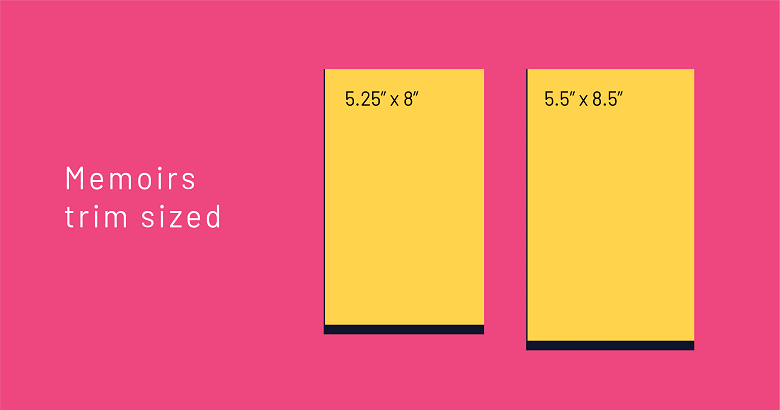
Bleed, Trim & Spine Calculations
When publishing a book, the cover image is probably the most essential visual aspect of the process, but it is not the only one. Most print-on-demand services request that, on the top of the front cover, you submit the back cover, spine, and bleed measurements.
Trim and bleed lines are two key terms that you must understand in order to ensure that the finished result looks professional and as how it was intended during the design phase. If you have a design that extends to the end of a page (such as a front cover), you risk having a white line around the edge of your design, which will undoubtedly reduce its quality.
The trim size is the pages’ final measurement (how the pages will look in the bookstore). To take these trim lines into consideration, keep all the essential content (text and visuals) at least 1/4 inch (6.35 mm) away from trim lines.
The bleed line is the point until which you should extend all of the art and visual aspects of the page all the way to the edges. This line should extend beyond and away from the centre of the page, more than the trim line. The typical rule is to leave 0.135 inches or 3 millimetres extra on all sides of the design.
The spine width is calculated by taking into account the page count and paper stock (which might vary greatly between paperback and hardcover books). This number can be calculated using a variety of websites and tools, such as Gutenberg, IngramSpark, and Print on Demand or more.
Digital Book Cover Dimensions
When releasing your book digitally, be sure to meet the retail platform’s specifications for the front cover size, not the e-reader’s. Most smart devices are smart enough (pun intended) to change the cover and adjust it according to the size of your tablet or iPad. The dimensions, however, are important on the website or app where your digital book will be sold, as the “judging the book by its cover” principle still applies here.
Here are some suitable ebook cover dimensions and sizes for various self-publishing platforms, as well as book genres.
Most self-publishing platforms, including Apple Books, Kobo, Lulu Publishing, and Smashwords, recommend book covers with a width ratio of at least 1,400 pixels, so aim for these dimensions when designing your digital book cover.
Where To Get Your Book Cover Design?
Now that you’ve determined the standard book cover sizes, one question remains: how will you design the look of your book cover?
You can always use book cover design templates from Canva or something similar. However, the cover of your book should be as personal as the writing itself.
As a result, pre-made book cover design templates are perfectly designed; they may not always capture the unique vision you’re aiming for. Personalising your own cover allows for a more tailored and authentic representation of your book, giving you complete creative control.
Hiring a freelance designer or illustrator is definitely one option. However, if you want a professionally created cover at a reasonable price, we recommend that you use a book cover design service.
FAQ’s – Frequently Asked Questions
1. What is the best file format for book cover design?
The best file format depends on the purpose. PDF or TIFF formats offer high-quality printed books, ensuring precise colour and layout. For digital publishing, JPG or PNG works best. While book cover design templates are often provided in various formats, customising them in the correct format ensures professional quality.
2. How important is the colour mode when designing a book cover?
Colour mode is crucial. For printed book covers, CMYK is ideal, ensuring colours print accurately. For digital covers, RGB works best to display vibrant colours on screens. Even if you use book cover design templates, adjust the colour mode to suit your book’s final format.
3. For digital and print books, can I use the same cover design?
Yes, but adjustments may be necessary. Print covers require a higher resolution and CMYK colour mode, while digital covers use RGB and lower resolution. Many book cover design templates allow you to create versions for both formats, but tweaking each is essential for the best results.
4. What are the standard dimensions for digital book covers?
The ideal dimensions vary by platform, but most digital book retailers recommend a width of at least 1,400 pixels. Popular self-publishing platforms like Apple Books and Amazon support this. Using a customisable template or designing from scratch ensures your cover meets these specifications.
5. How do I calculate the spine width for a book cover?
The page count and paper thickness determine spine width. Online calculators like IngramSpark or KDP can help you accurately calculate this. While book cover design templates provide a baseline, customising the spine based on your book’s specifications ensures a perfect fit when printed.



